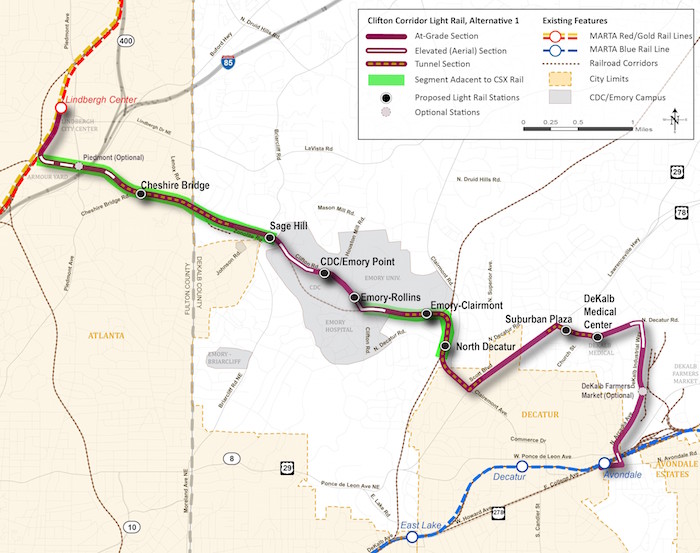
Real time vehicle load is displayed where available. Provides an estimate of the load based on the actual time between vehicles compared to the scheduled time.Can generate a prediction range, so you know when you should be there to not miss the bus as well as the latest time you may still be able to catch it.Can generate its own predictions based on the actual historic travel times, rather than just based on the adjusted scheduled time.For web notification, the prediction is automatically updated. Can send an email or web notification when a vehicle will be arriving in the selected time.Dynamic route list based on currently operating routes.Additional stops can be added with the "Add stop" link. See predictions for any set of stops you choose.Choose stops from a map or by an ordered stop list.Respects user privacy by not loading data from third party websites, except Google Ads (disabled for premium users), and only logging summary statistics.Lean efficient HTML that is quick to load and requires little bandwidth.
Marta transit map windows#
It supports all smartphones, past (includingīlackBerry and Windows Phones), present and future,Īs well as any other device with a web browser from Macs and TransSee is a web application that runs on any browser, so Growing list of transit agencies, including most of NorthĪmerica's largest systems, New York MTA, LA Metro,Ĭhicago CTA and TransSee's home system the Toronto TTC. Real-time bus tracking and next vehicle predictions to a Even the NYC Subway map is not geographically accurate and removes curves and bends to make the map simpler.TransSee is a web application that provides rail maps should be easy to read and minimize curves, bends, etc. Most people default to opening their phone when navigating, so adding all that detail to a map that is suppose to quickly convey the basic information of the rail system will only it make confusing. putting a new line or station on a map that generally follows geography wouldn't require redesigning the entire map. i can't imagine the current map being able to show where the streetcar line and beltline LRT would be in any meaningful way, so they are probably going to have to redraw the map entirely to fit that information. and this way MARTA doesn't have to completely reinvent the wheel every time it adds a new line. it would be useful for people to know that the MARTA line runs under west peachtree street until it intersects with peachtree, then follows broad street, for example.

but it might be useful to have key streets highlighted. It doesn't have to be a visual mess like the bus map. and it results in confusion for people who are trying to relate where they are in the system relative to those places.Īt least on this forum, it seems to be a big enough problem that we have a whole thread about renaming MARTA stations to clear up some of this confusion, with thousands of suggestions, but maybe that's not really a practical solution- it might be a lot more cost-effective to just change the map so people know where they are in the city. none of the neighborhoods or surface streets are demarcated. where it's not a good fit is when people are relying on transit to get them around within the city. I think the way it's structured now, it works really well to tell where you are not in reality, but within the system, and with the amount of park-and ride stations there are, people generally get on at one station to park and go inwards.
Marta transit map plus#
Plus what difference would turns and wiggles make if you can’t actually get off there? Straight lines are the easiest to process.
Marta transit map how to#
When you ride transit you typically know where you want to go and are looking at maps to see how to get there, not how many turns there are along the way.


 0 kommentar(er)
0 kommentar(er)
